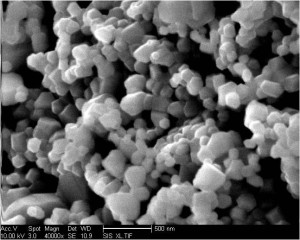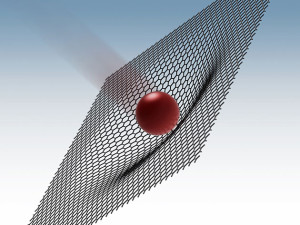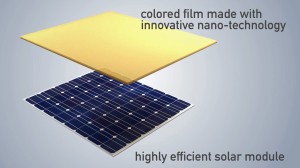
Engineers at UC San Diego have developed a nanoparticle-based material for concentrating solar power plants that converts 90% of captured sunlight to heat.
Credit: Renkun Chen, Mechanical Engineering Professor, UC San Diego Jacobs School of Engineering
An engineering team from the University of California, San Diego, has developed a new nanoparticle-based material for concentrating solar power. The new research, which has been funded by the U.S. Department of Energy’s SunShot program and published in the journal Nano Energy, aims to convert 90 percent of captured light into heat and make solar costs more competitive.
The new material will be able to withstand temperatures greater than 700° Celsius and can survive many years outdoors, despite exposure to humidity.
“We wanted to create a material that absorbs sunlight that doesn’t let any of it escape. We want the black hole of sunlight,” said Sungho Jin, a professor in the department of Mechanical and Aerospace Engineering at UC San Diego Jacobs School of Engineering.
This from the University of California, San Diego:
The novel material features a “multiscale” surface created by using particles of many sizes ranging from 10 nanometers to 10 micrometers. The multiscale structures can trap and absorb light which contributes to the material’s high efficiency when operated at higher temperatures.
Read the full article here.
Head over to our Digital Library and read more research by Sungho Jin, one of the developers of the Silicon boride-coated nanoshell material.








